Some of the links in this post may be affiliate links.
Most orchids are grown for the beautiful shapes, colors and scents of their exotic flowers. Not Ludisia discolor! This plant is unique in many ways as far as orchids go. Although it does flower, the main draw is the stunning foliage this plant produces.
Keep reading for a variety of care tips on Ludisia discolor!
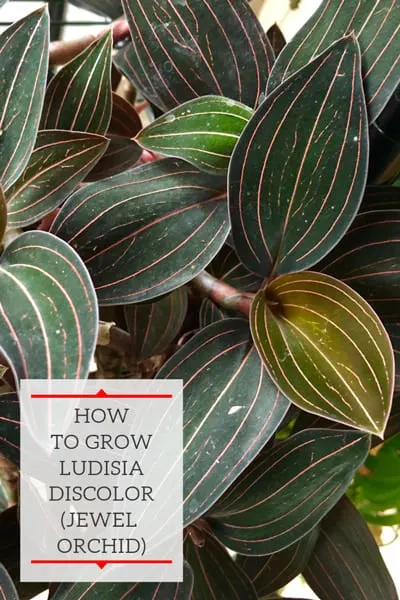
Unlike many orchids that you may be familiar with, such as Phalaenopsis (the ubiquitous moth orchid) or cattleya (the “corsage” orchid), Ludisia discolor, or Jewel Orchid, is a terrestrial orchid and is not an epiphyte.
Terrestrial means that Ludisia orchids grow on land. In nature, they grow in soil on the forest floor, unlike epiphytic Phalaenopsis and cattleya which grow on tree branches in nature and are typically grown in a bark mix in our homes.
Ordinary potting soil it is then for Ludisia discolor! Lets get into Ludisia discolor care. It is a very easy orchid plant to grow and doesn’t really demand much from its owner. In fact, the care is more similar to a “normal” tropical houseplant versus an orchid.
Table of Contents
LUDISIA DISCOLOR CARE
LIGHT
Ludisia orchids really aren’t demanding at all. And when I say orchids, there is only one species in the Ludisia genus and it is the discolor species. These plants are native to the Asian tropics and grow in the ground on the forest floor.
They are considered low light orchids, just like Paphiopedilum orchids. My Ludisia discolor orchid, which is several years old now and grown from a small plant that was given to me by an orchid enthusiast with a greenhouse, has been growing in Eastern exposure.
If you have a window where you are growing happy African Violets, or even Phalaenopsis orchids, then your Ludisia discolor orchid will do well there too!
Ludisia definitely does not like a lot of direct sun but a little bit of morning sun is fine.
I would recommend a nice big Northern exposure window if you have it, or an Eastern facing window. If there is too much sun, you can diffuse the sun a bit with blinds or curtains.
You will definitely need to diffuse any direct sun from your Western or Southern exposure windows because they will have too much direct sun for these plants.
JEWEL ORCHID FLOWERS
As I mentioned, the flowers are nothing compared to many other orchids, but they still produce flowers. Take a look at my plant below. It is an older photo but I was able to get a good photograph. Dark foliage is hard to photograph!
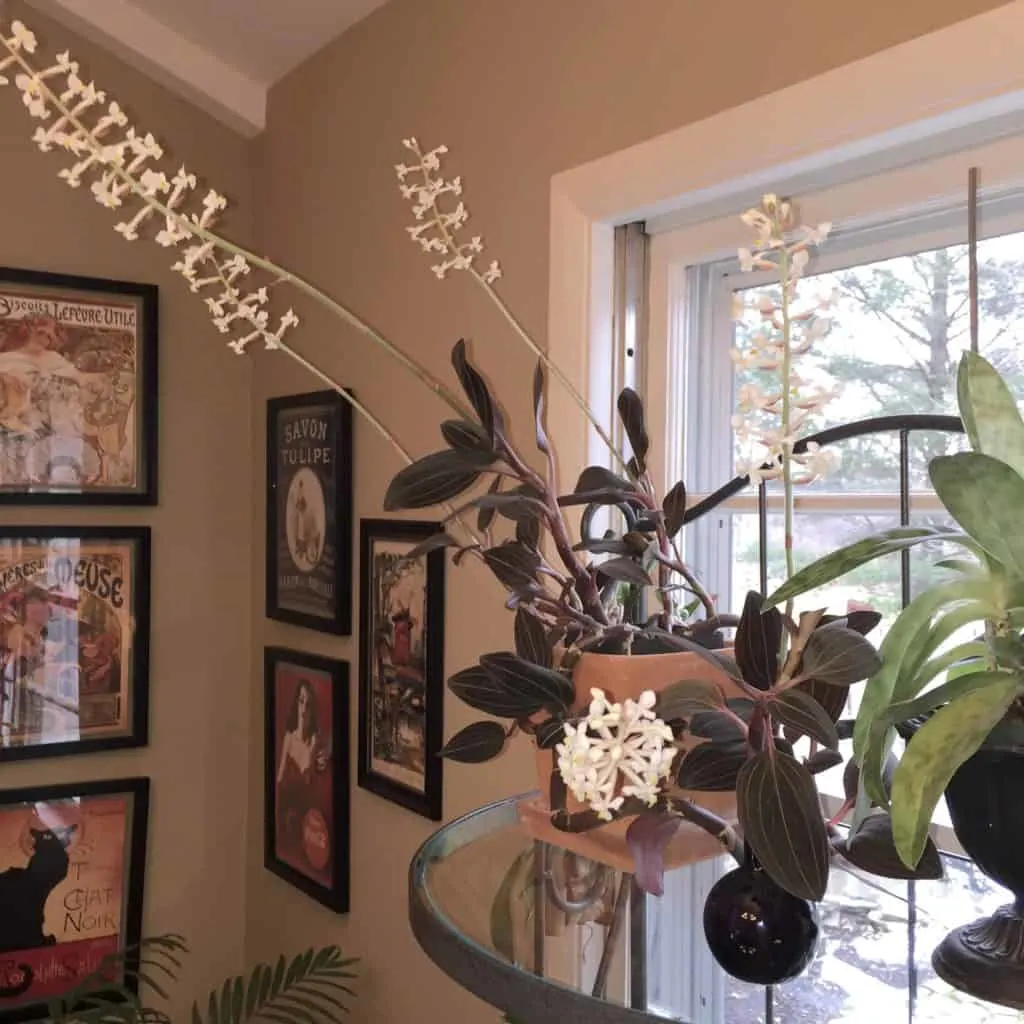
You can see that it still puts on quite a show, but the flowers are small and insignificant compared to many other orchids. Ludisia discolor flowers will last quite a while. At least a few weeks if not more. My plant typically blooms in late-Autumn.
I do find that the plant becomes a little awkward looking when it is in bloom, and I have been known to prematurely cut off the flowers so I can get around it and take care of my other plants 😀
JEWEL ORCHID SOIL
Notice I did say soil! Since these are terrestrial plants, they should be grown in potting soil. I suppose you can also grow these in sphagnum moss as well, but I’ve grown them for years in plain potting soil and have had success.
Since these plants are not epiphytes, do not grow Ludisia in a bark mix. These plants like moisture and you will find it hard to keep up with watering otherwise.
I normally add perlite or pumice to my potting mixes, but I have done just fine using a mix like Miracle Gro all purpose potting mix. You can use it as-is or maybe add a bit of perlite. Mixing 3 parts of all-purpose potting mix plus 1 part of perlite will give you a wonderful medium for this plant.
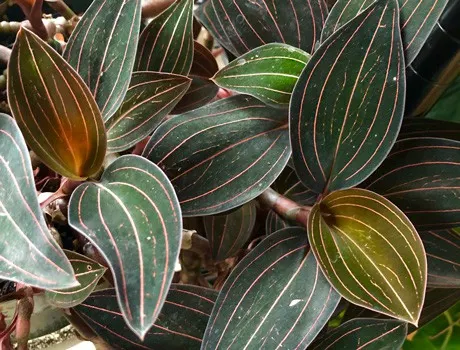
There are various pros and cons to using perlite vs. pumice, so pick your favorite!
JEWEL ORCHID WATERING
Ludisia discolor orchids like to stay moist.
In an ideal scenario, I let just the surface of the soil dry out before I water it again thoroughly.
The worst thing you can do is to let your Ludisia discolor dry out. If you let it dry out completely, the lower leaves will start to with and turn red.
Do this repeatedly and you will have a very sad looking plant!
On the other hand, you do want your plant to dry out somewhat in order to avoid the risk of rotting your plant. Allowing the top inch or so of the potting mix to dry out should be more than sufficient.
FERTILIZING JEWEL ORCHID
Like all of my houseplants, I fertilize dilutely with every watering, skipping the winter months of course when plants are not growing.
I am a huge fan of Dyna Gro Grow fertilizer. It is a super high-quality fertilizer that is urea-free and contains all the macro and micronutrients necessary for plant growth.
TEMPERATURE AND HUMIDITY
This plant really isn’t fussy. If you are comfortable in a room, then your Ludisia discolor will be fine. It prefers warm temperatures and is tolerant of average indoor humidity.
Although it does like higher humidity, it has never complained for me with average indoors conditions. Proper watering is far more important than worrying about increasing your humidity.
Although I do run a humidifier in my sunroom now, I have grown this plant successfully in the past with no supplemental humidity.
PESTS
In the many years that I’ve grown Ludisia discolor, it has been relatively pest free, but I did battle a bout of scale!
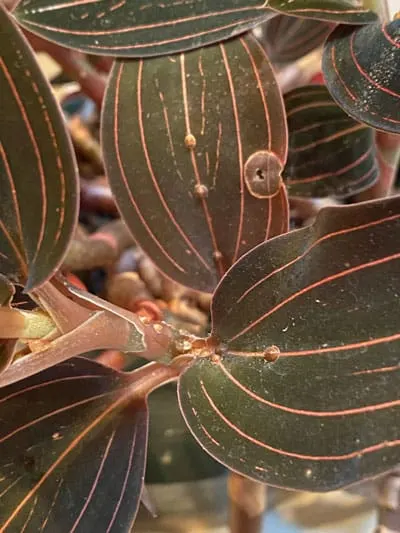
To find out how I eradicated scale on my plant, check out my blog post where I detailed a 5-step process to eliminate scale. You CAN win the battle against scale if you are persistent.
Jewel Orchid Toxicity
Ludisia discolor is non-toxic to dogs and cats, according to the ASPCA.
Jewel Orchid Propagation
Unlike many other orchids which can be impractical to propagate (unless you divide them), you can take cuttings the old fashioned way with Ludisia discolor and easily root new plants!
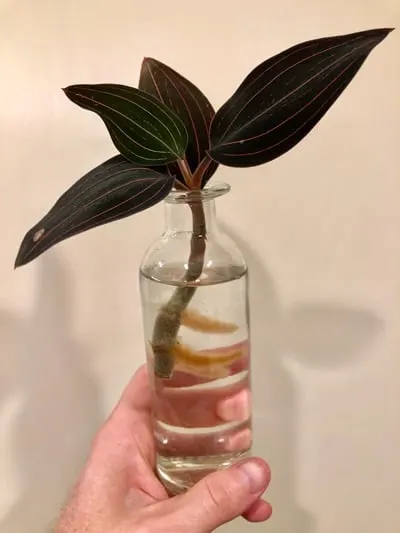
The stems are relatively fragile, and I once broke a stem when I moved my plant. I simply put the cutting in water and it rooted easily. It took a couple months or so, but it rooted easily.
Be sure to change the water frequently so that you keep the water fresh and help to avoid rotting.
And if you love water propagation, check out my post on the best houseplants to propagate in water.
That’s really all you need to know about Ludisia discolor, or Jewel Orchid! If you remember only one thing, it’s that this plant despises drying out completely so do everything you can to not let that happen (but don’t drown it either…)
Do you have any Jewel Orchids? I’d love to hear your experiences so comment below!

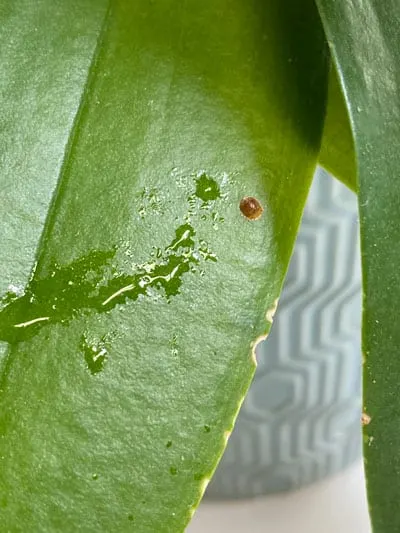
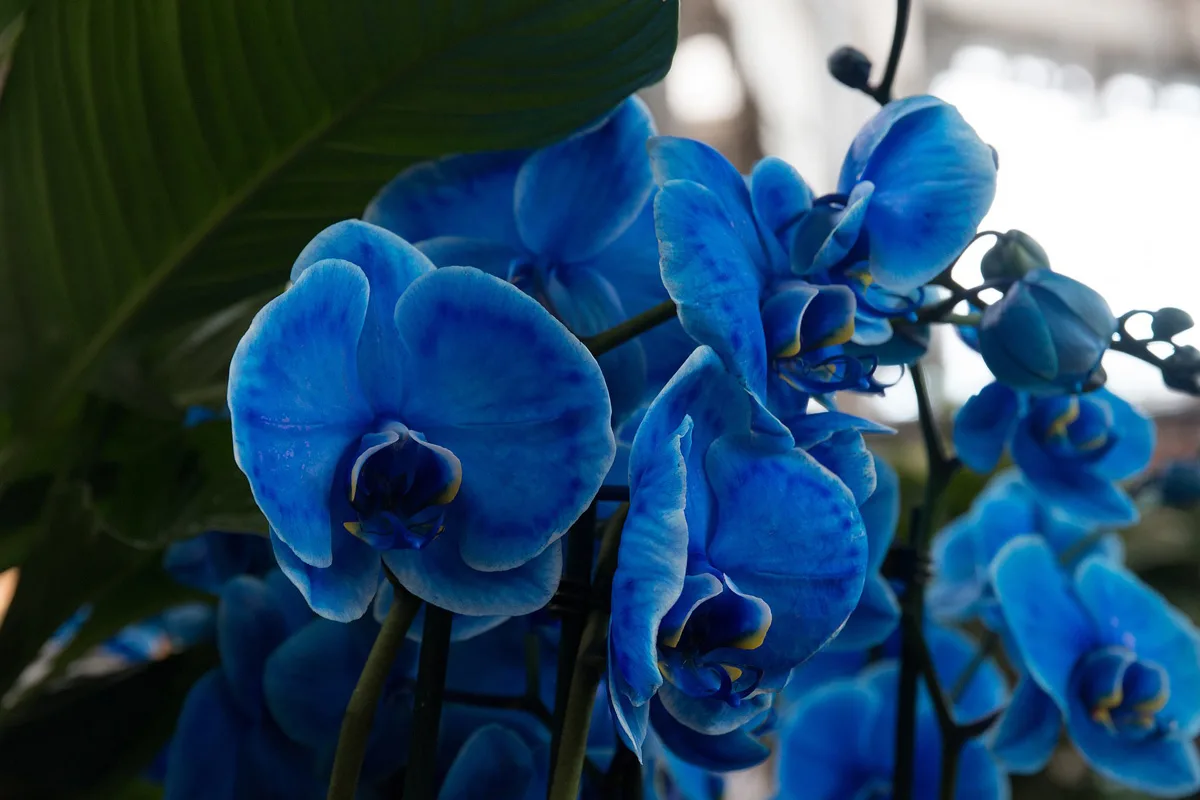
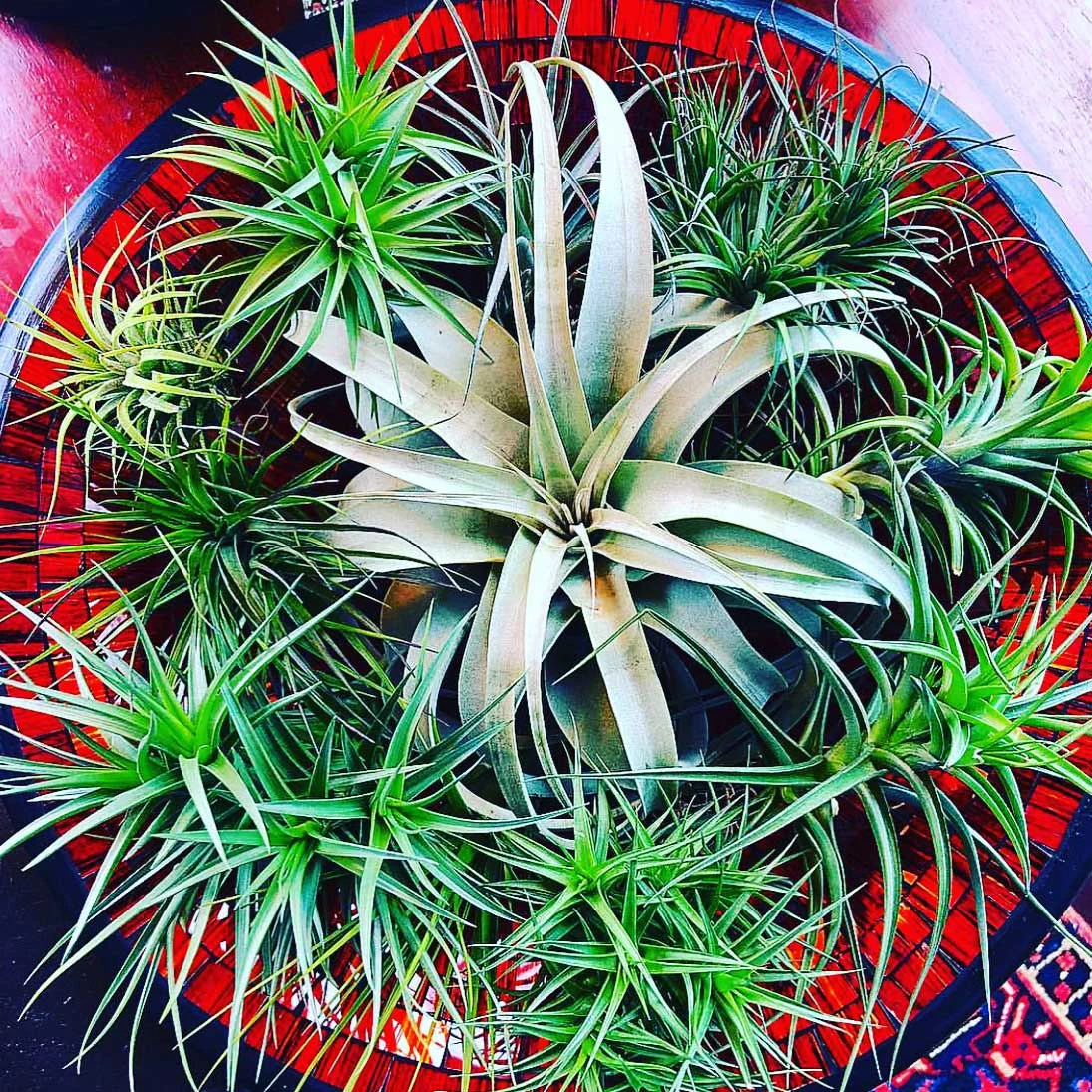
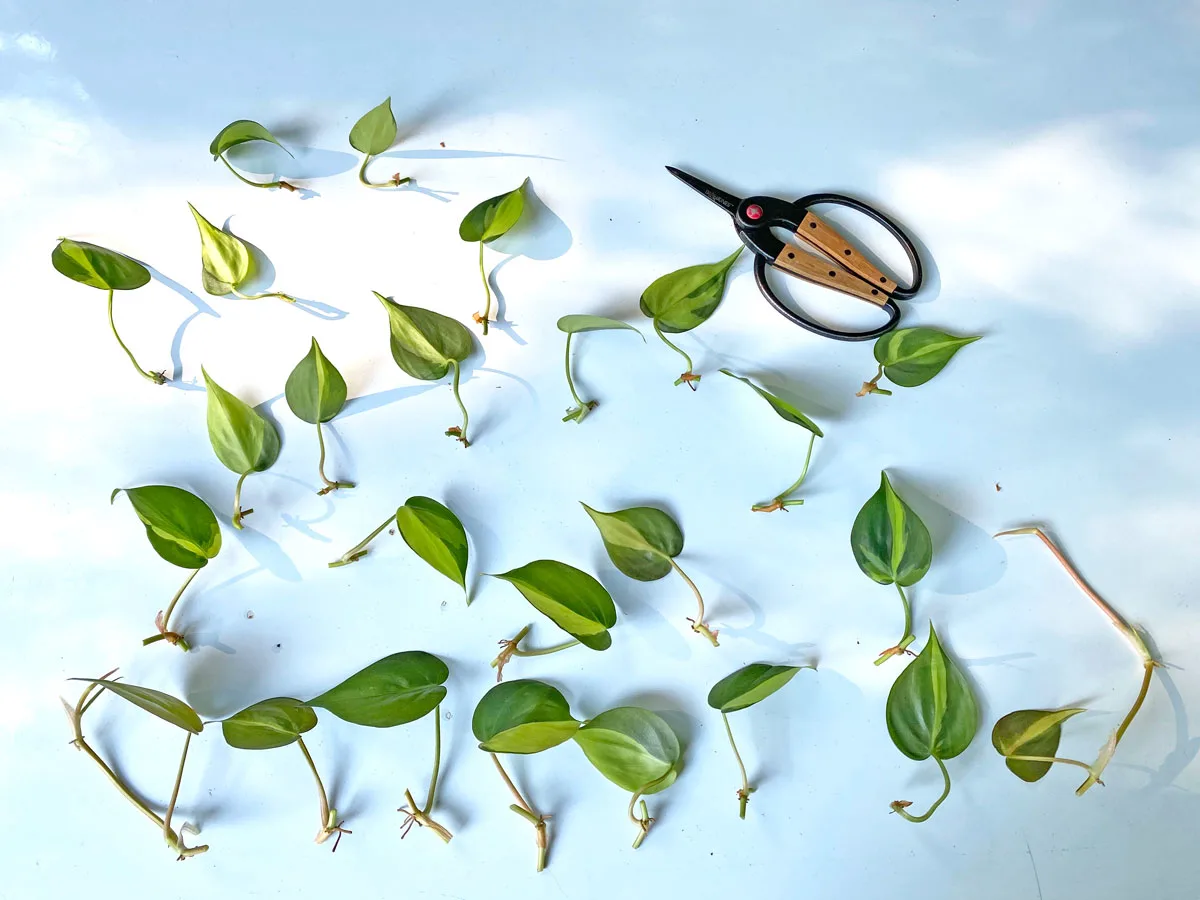
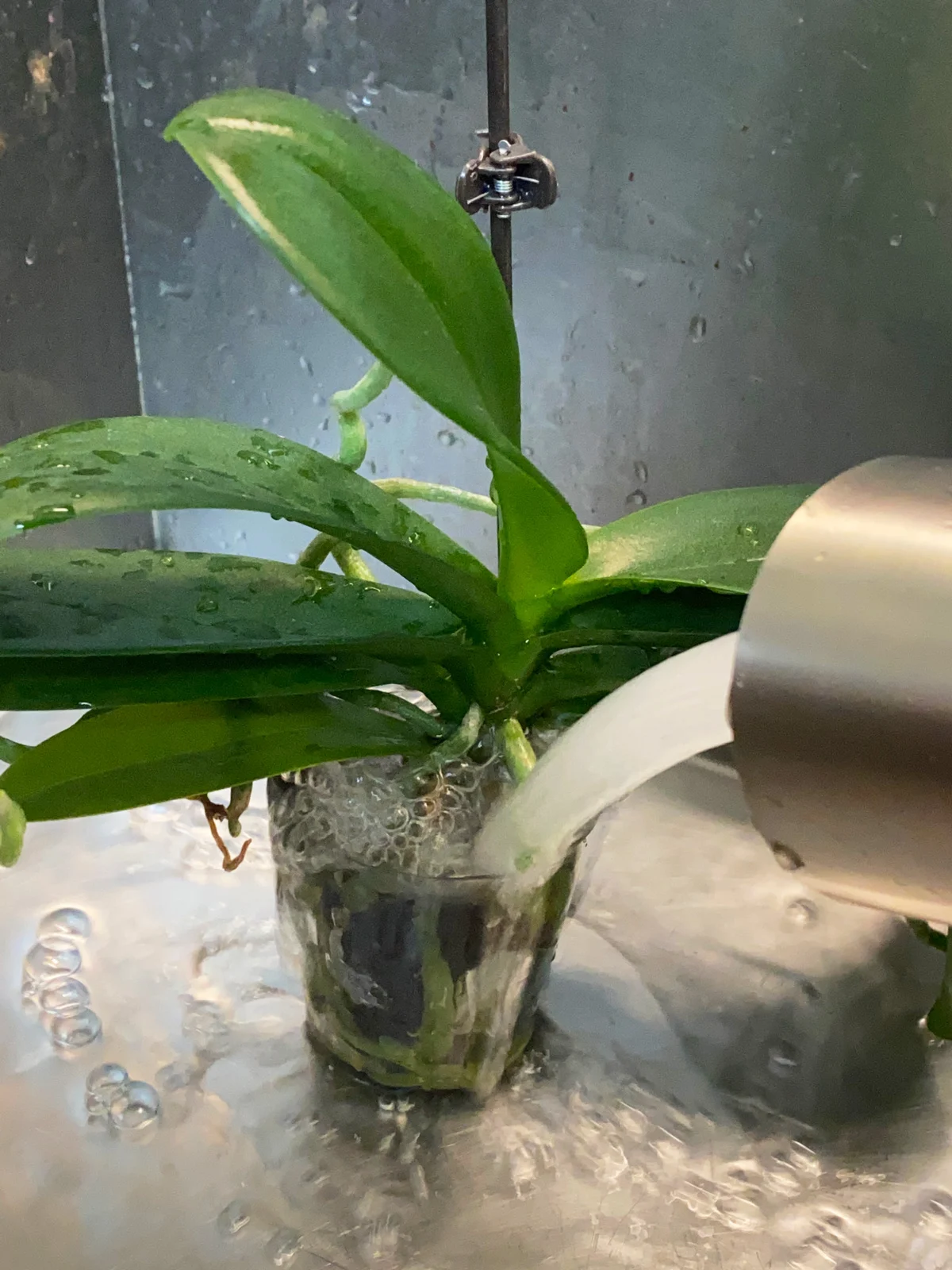
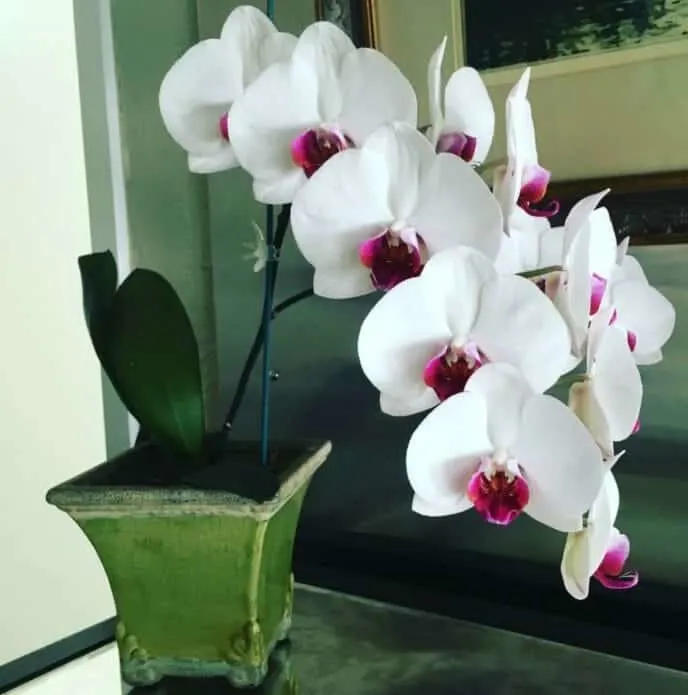
Judy
Wednesday 30th of April 2025
I have had my jewel orchid for almost 2 years. It is still in the original pot. It gets diffuse light and I keep it on the moist side. I don’t let it dry out at all. It has flowered every year.
Raffaele Di Lallo
Thursday 1st of May 2025
Sounds like a happy plant, Judy! They definitely HATE to dry out!
Martha Seiss
Wednesday 10th of May 2023
Hi Raffaele! I received a piece of Ludisia discolor and am rooting it in water. Roots are bout a quarter inch ‘nubbins.’ How long do they need to be before I pot up the cutting? Thanks!
Raffaele
Wednesday 10th of May 2023
You can pot it up now! :-)
Stephanie
Wednesday 8th of March 2023
I love all plants. But I'm having a hard time keeping my last black orchid alive. She's got a long stem.
Raffaele
Thursday 9th of March 2023
Hi Stephanie! What is going wrong with your orchid? Can you tell me what you're doing differently from what I describe in my blog post? Maybe I can help diagnose what the issue is.
Karen
Tuesday 21st of February 2023
I wish I know what I was doing wrong. I have struggled with my discover for about a year. I've got good soil, just put it under grow light not very bright. I check the soil to water. I don't know what else to do. Thanks for any help.karen
Deborah
Sunday 12th of February 2023
I purchased this plant at the St. Louis Botanical Gardens orchid Show. Thank you for the tips on caring for this plant. Now I just need to put it in a larger pot.
Raffaele
Sunday 12th of February 2023
They're wonderful plants! Have fun and good luck :-)